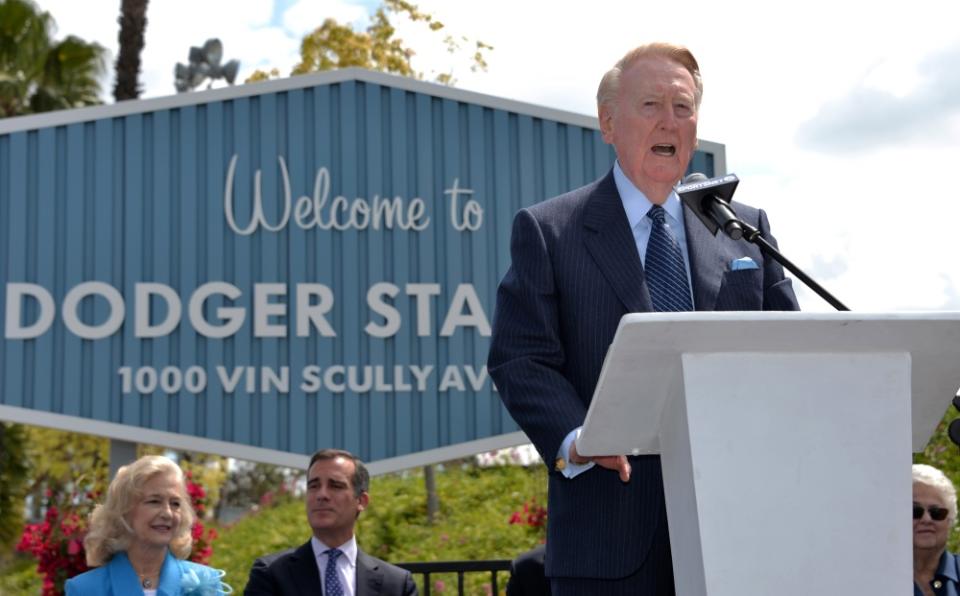The sad irony about the Pac-12 Network: It put out a very good product

There are many sad realities attached to the failure of Pac-12 Network to lift the standing and revenue of the Pac-12 Conference to the level it needed. The overall failure of Pac-12 Network is embodied by USC and UCLA leaving for the Big Ten. If Pac-12 Network was hitting its targets, the Trojans and Bruins wouldn’t have felt the need to bolt.
One of the especially sad dimensions of the Pac-12 Network story is that the product itself — what you saw on the screen, getting beamed into your home, if you did have access to the P-12 Net — was really very good.
The problem with Pac-12 Network was never the production quality of a game or studio broadcast. All the people who were responsible for putting a good product on the air did an absolutely fantastic job. The network’s daily work gained industry respect, as The Athletic’s oral history — interviewing people associated with the network’s evolution — indicates:
Ryan Currier, senior vice president for engineering and products: We were the first network in the history of TV in the United States to launch a TV-everywhere product on the same day as a linear cable channel.
Adametz: There weren’t enough production trucks on the West Coast to produce the number of events we were supposed to do. We couldn’t do it as a traditional model. I remember meeting with Gary (Stevenson), pitching him on a different way to do it: using IP signals from all our campuses sent back to our production center, and doing multiple events simultaneously.
Adametz: ESPN came to see it. They were like, this can’t be real. How are you doing this? And we just showed them, because we were a not-for-profit, this is how we do it. We had a broadcaster fly in from Norway. They heard what we were doing and came and wanted to see it in person. It was pretty revolutionary.
Adamson: For all the criticism that I’ve heard over the years, no one’s ever criticized the product.
Still the number of events created issues. During the 2014-15 sports season, the Pac-12 Networks produced 850 events for linear TV. By comparison, the Big Ten Network reportedly produced 500. Another problem: While the six regional networks provided a local element to carriers and fan bases, it also caused problems. Notably, the channels all looked the same.
Moos: To some degree, (the regional networks model) had its assets, but it also had its liabilities. When you have an alumni base with a rural campus like Washington State, most of your alums aren’t in Pullman or even Spokane. There are a lot of them in Los Angeles, San Francisco, Phoenix, and they weren’t able to get a lot of our content because it was primarily limited to the region.
Weiberg: The idea of 850 was a very large number.
Petix: It became like a weight around your neck as the years went on. There were just too many events that we were contractually obligated to air that simply didn’t generate revenue.
Young: What I think began to happen near the end of my tenure and accelerated after I left was the realization that expenses might be slightly out of control. That is to say where they chose to site the television station, the cost of renting that, the cost of going full-blown with all the equipment to broadcast all of these different games. The size of the capital investment and so forth was a little startling.
Petix: It all comes back to dollars. All roads were always leading back to, will we or won’t we with DirecTV?
It’s really sad, even annoying to a degree: All these talented people were doing a great job, but the business model and larger aims of the Pac-12 Network were woefully off the mark, as established by Larry Scott with no intervention from Pac-12 presidents. A great product did not make anything close to the money needed to truly elevate the conference.
What a waste.
List
The career of Vin Scully and USC's move to the Big Ten contain obvious parallels


